Visit Dubai's Heart of Europe: Luxury eco-resort with a man-made coral reef to explore
[August 6, 2021: The Brighter Side of News]
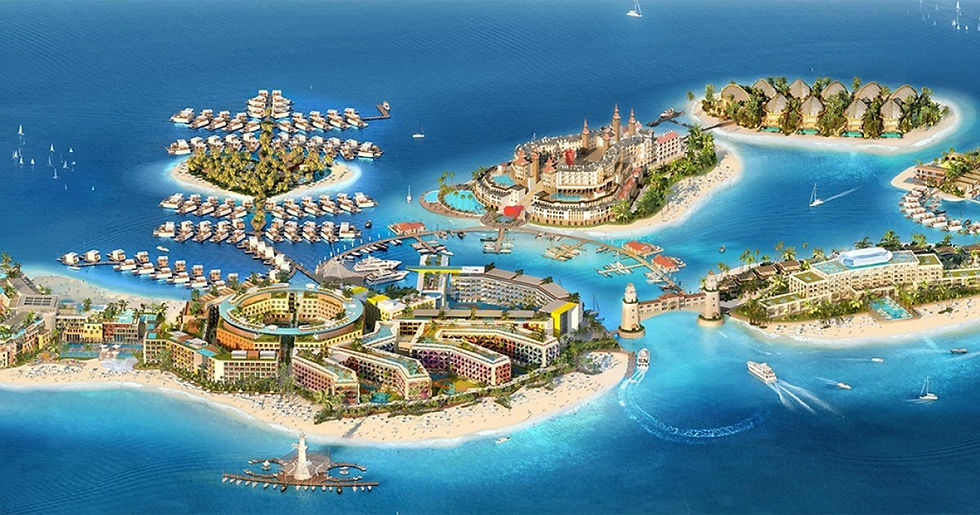
Four kilometres from mainland Dubai - and just a short 20 minute boat ride away - visitors to Dubai come across something pretty special. The World Dubai is a collection of man-made islands that form a map of the planet which is visible from space.
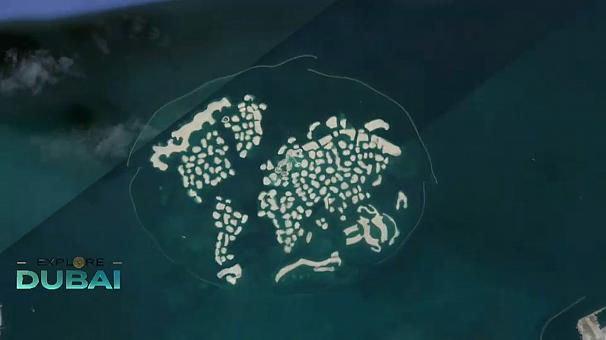
Within World Dubai, the Heart of Europe is set over six islands. It's home to the world's first climate-controlled resort with more than 100,000 corals, marine life and 1,500-year-old Andalucian Olive trees.
And sustainability is key to the project especially as it is built on the ocean. In addition, all power on the islands is renewable energy.
Josef Kleindienst is the man behind the concept.
"We need to be able to live on this planet, without destroying this planet," says Josef Kleindienst. "We need to bring back the respect to nature and especially what we are doing, because now we are building in the ocean."
Under the blue skies of Dubai amid the tranquillity of the crystal clear water, floating houses - called Seahorses - dot the seascape. Each house has three levels with the lower level underwater offering spectacular views of the marine life below.
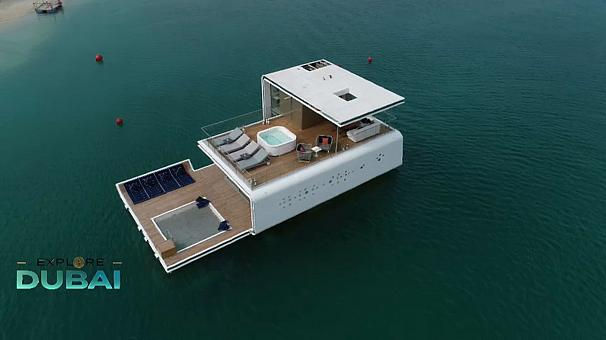
In 2017, an extremely hot summer bleached about 70% of the UAE’s coral. The Heart of Europe marine life programme is trying to bring the surrounding waters back to life . Marine biologists are growing a new coral reef - a habitat for marine life native to the region.
The islands are home to the world’s biggest coral institute where they’re growing 100,000 new corals.
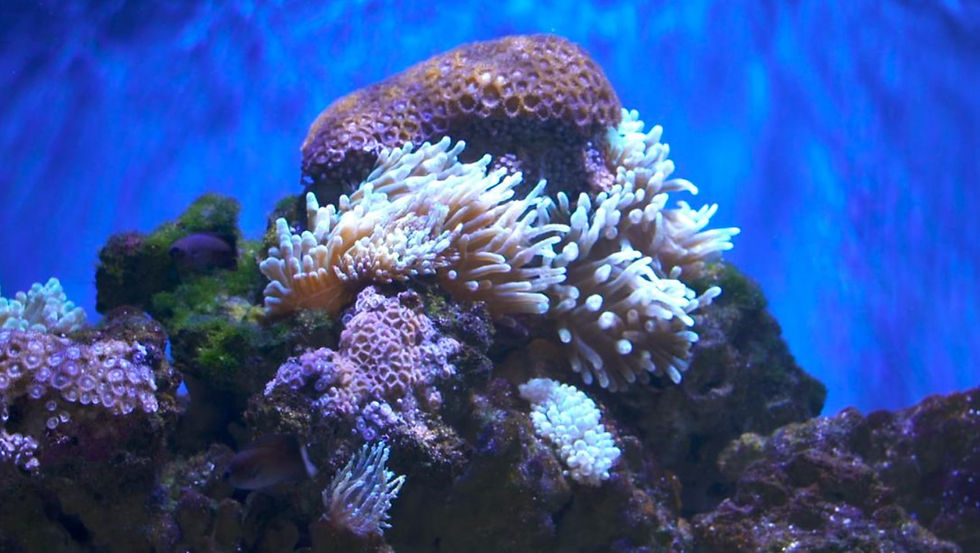
"We fragment one single coral with the idea that you enhance growth," explains marine biologist, Juan Diego Suarez. "Coral usually grow around one centimetre per year. But after you fragment them, they can grow up to 20 times faster."
They use a technique known as "fragmentation," where pieces of coral are cut with a small electric saw, allowing each coral to potentially regenerate hundreds of times.
The pieces of coral will be then stored in water tanks, monitored and nursed by a team of marine biologists until they grow enough to recreate a reef.
An educational program is also on offer for children visiting the islands.
"You teach them what is coral, what is underwater and also you can teach them how to dive or snorkel," says Juan Diego Suarez. "And then you provide them with a square metre so that every single kid that comes here will have this underwater place to plant one of their fragments of coral. Instead of planting a tree, you plant a coral."
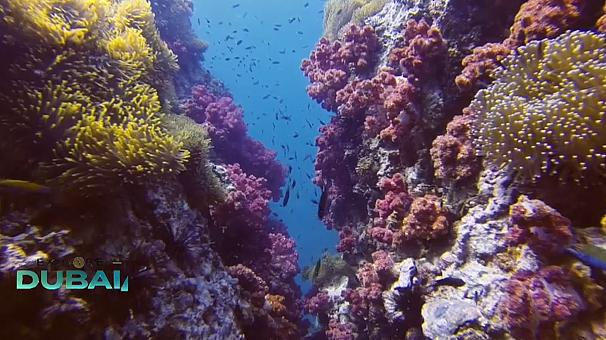
Back on dry land, the lush flora and fauna - which features 1,500-year-old olive trees from Andalucia in Spain - help transform the islands into a plush paradise. Again, sustainability is key to the landscape.
"We have a zero discharge policy, so we're very conscious about the cleanliness of the surrounding water," says landscape architect, Richard Westcott. "We don't use pesticides, fungicides, insecticides, things like that. We put some natural fertilizers on and that's all we use. So it's an extremely sustainable landscape."
The Heart of Europe - proof that luxury and sustainability can go hand-in-hand.
For more green news stories check out our Green Good section at The Brighter Side of News.
Like these kind of feel good stories? Get the Brighter Side of News' newsletter.
Tags: #Green_News, #Global_Good_News, #Coral, #Eco_friendly, #Sustainable, #The_Brighter_Side_of_News







Comentarios